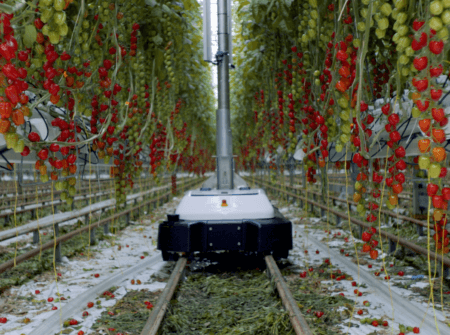Factory Automation
Factory Automation
This page is being translated by Google Translate
We are passionate about turning ideas into reality to continuously improve the Agro&Food system. For us #wehaveanidea means we create ideas together. Let's connect and share ideas!

Viscon launches EVA Scoutr at GreenTech 2025, setting a new benchmark for autonomous crop scouting in high-tech greenhouses.

Pioneering the path to a 100% green future